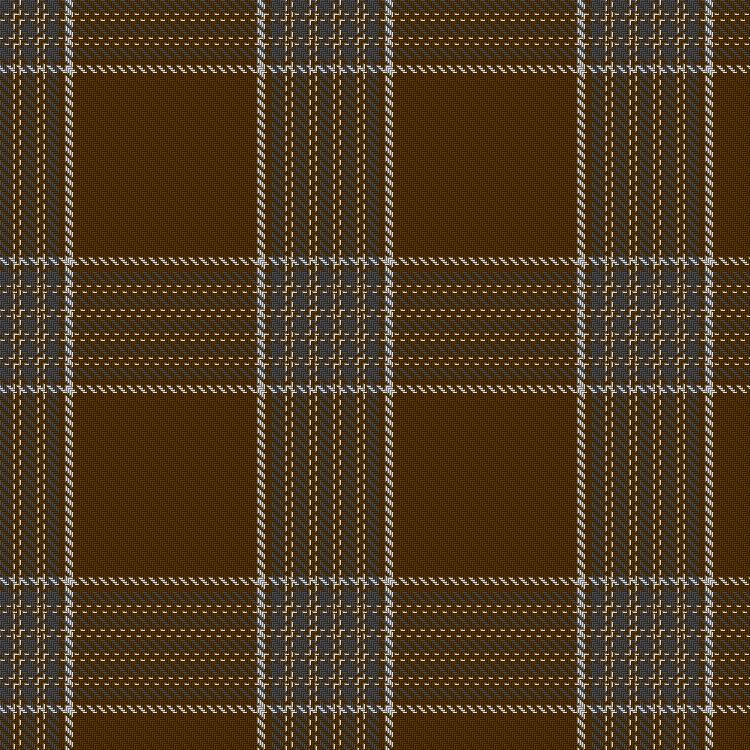Click the tartan to view its entry in The Scottish Registers of Tartans which includes registration details, restrictions, and registrant information.
Unregistered tartans may link to one of the web's online design environments for similar information.
For any questions about reproduction of designs or weaving of these tartans, please contact the registrant directly or via this website.
Hot Toddy Day
"Being moderately taken, it slows the age, cuts phlegm, helps digestion, cures the dropsy, it heals the strangulation, keeps and preserves the head from whirling, the tongue from lisping, the stomach from womblying, the guts from rumbling, the hands from shivering, the bones from aching…and truly it is a sovereign liquor if it be orderly taken."
~ Chronicles of England, Ireland, and Scotland, 1577
Cough, cough, achoo! Fighting off a cold? Hot whisky and tea in a Hot Toddy might be just the thing to make you feel better! Generally believed to be of Scottish origin, a classic hot toddy recipe ingredients are whisky, herbs (teas), spices, sugar or honey, and lemon juice. Research today shows that even without all the sweet and spicy additions, whisky itself has antiviral, anti-cancer, anti-aging, and other medicinal properties! Some food historians believe the Hot Toddy was originally invented to disguise the flavor of raw Scotch. usually with the addition of sugar, dates, saffron, mace, nuts and cinnamon! But by the 19th-century in Britain, it was common for doctors to prescribe a Hot Toddy as a cure for almost everything that ailed you, from stomach aches to insomnia. Even during Prohibition in the 1920s in the United States, whisky could still be imported and prescribed by your physician as it was considered medicinal (wink, wink). Designed for the Outlander television series, this tartan references the two main characters, English time traveler Claire (the tea-drinker) and Scottish romantic hero and Jacobite Jamie (whisky). Both whisky and tea figure prominently in the story, both as beverage and metaphor and are variously described, consumed, and smuggled! Sip! Sip! Sláinte! 🥃 🌿 🍋 🍯 🐝
The word “toddy” itself stretches back to the British colonial era and is thought by some to be taken from the Hindi word tārī, a drink made from the fermented sap of toddy palm. This toddy, however, was served cool. The hot toddy of today likely finds its roots in Scottish tradition. This drink was sipped warm, with whisky, hot water, honey, and spices such as nutmeg or cloves, and may have derived its name from Edinburgh's water source for the drink: Tod’s Well.
Hot or not, the classic pairing of whisky and tea is now being reinvented in Asia. China has become one of the top 10 consumers of Scotch for the first time, and a new way of enjoying it, mixing blended whisky with chilled tea, especially green tea, is very popular. The drink is usually served as a highball, over ice, with about one part whisky, three parts tea, usually lightly sweetened.
This tartan was inspired by scenery and characters (and beverages smuggled) of the Outlander TV series.
From ale for breakfast, caudle, teas and cordials, brandy, Rhenish wine, to whisky, the alcoholic and non-alcoholic beverages consumed in the various locales (and times) in this book, are many and varied!
For a convincing rationale as to why a hot toddy might really actually help your cold, click the glass for a physician's explanation!









